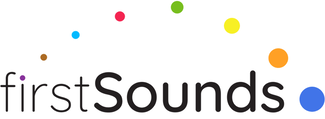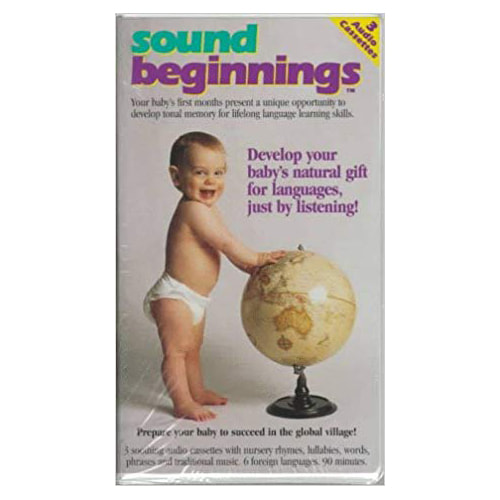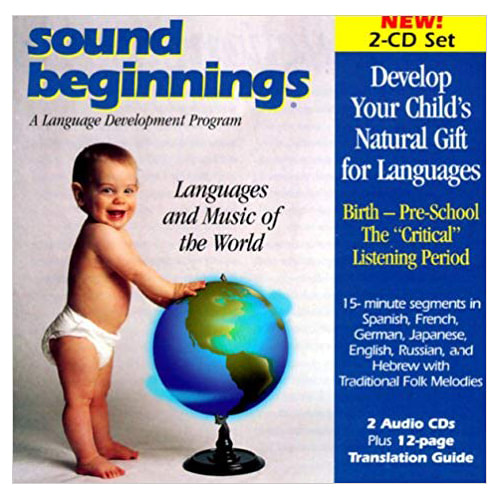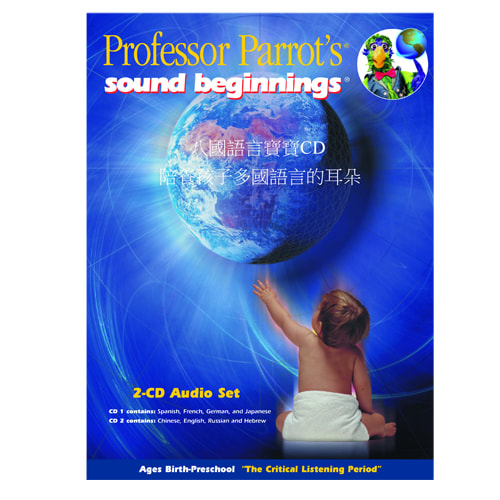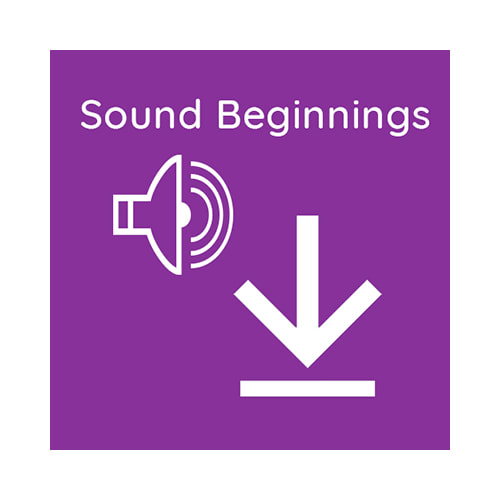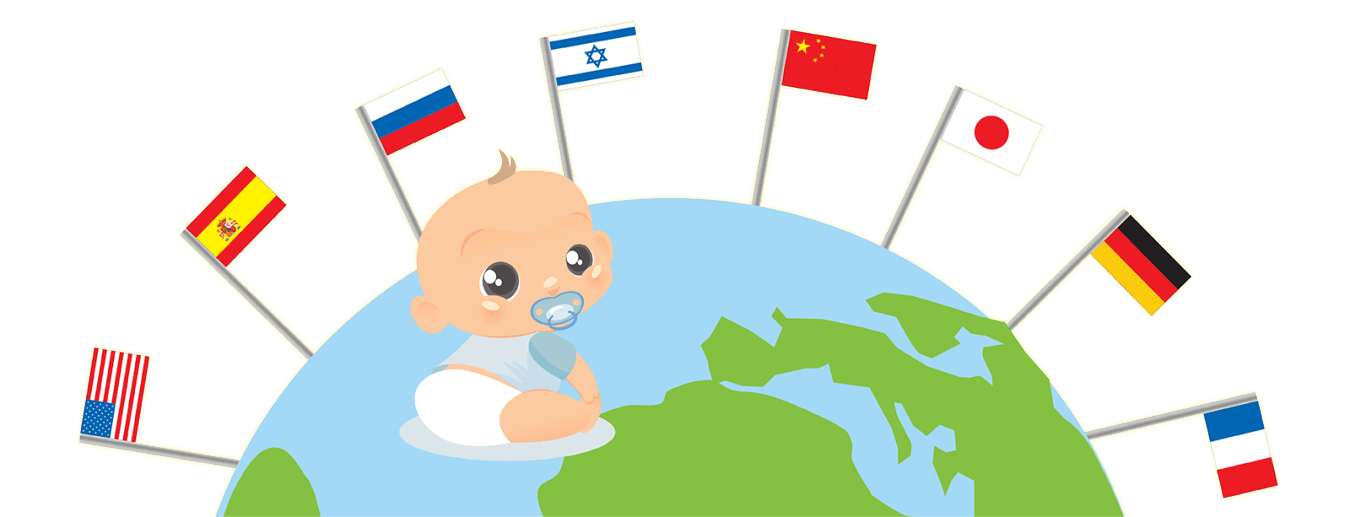|
Infants are born with all five senses: sight, smell, taste, touch and hearing. Babies use all five of these senses to learn about the world around them. To optimize brain development, babies need to be stimulated constantly. (See Engaging baby’s senses for brain development). Some senses are fully developed at birth while others develop over time. According to ScienceDaily.com, research shows babies who are exposed to stimulation get a brain boost. Parents can provide stimulation of senses to their babies in many different ways. For ideas on how to engage your baby’s touch, smell, taste, sound, hearing, and vision senses, see Parents.com’s article on 5 Ways to Stimulate Your Baby’s Senses. Auditory Stimulation Can Enhance a Baby’s Brain Development. While babies are visually stimulated just by being awake and looking around, it’s up to parents and caregivers to provide the appropriate auditory stimulation. Sound Beginnings language development audio downloads give babies a sound background. Playing Sound Beginnings language downloads for your baby provides auditory stimulation, which can enhance your child’s brain development. Sound Beginnings lets you do your best by giving your little one tonal memories that can be used later in life. 5 Tips for Using Sound Beginnings Language Audio Downloads for Infants. We want to make listening to the Sound Beginnings languages and sounds of the world a positive experience for your baby.
Suggestions for Using Sound Beginnings with Babies.
A warm, motherly voice recites the alphabet, nursery rhymes, numbers and more to your little one, accompanied by traditional folk melodies and lullabies unique to each culture.
Sound Beginnings Creates Tonal Memories. It is important to note that the Sound Beginnings Language Development System is not trying to teach the language to your baby. Rather, the audio downloads are designed to create tonal memories on the rapidly growing brain cells that will enhance language acquisition possibilities at a later time in life. (See How to Introduce Babies to Multiple Languages for additional information on the Sound Beginnings language system.) Using native voices and traditional music that keep in sync with each language’s rhythm, Sound Beginnings is played for infants at an early age. Simply by listening, neural pathways are activated and sound recognition skills are increased, making it easier for your child to become bilingual, trilingual or even a polyglot (a speaker of many languages)! Sound Beginnings for Older Children. The Sound Beginnings language development system is designed for ages 0-18 months. However, Sound Beginnings is great for older children. Encourage them to repeat the sounds and move to the rhythm of the music. It is fun for them to learn to identify the names of the languages. Remember that Sound Beginnings is not trying to teach the language to your little one, the purpose is to create tonal memories. Sound Beginnings’ unique presentation of languages is beneficial for children and adults of all ages, so listen and enjoy.
2 Comments
The Story Behind Sound Beginnings, the Original Language Development System for BabiesA Passion for Language. |
firstSounds BlogSharing my passion for the languages and cultures of the world.
AuthorBeth Huddleston, Founder and CEO of firstSounds. Beth is the co-creator of the Sound Beginnings Language Development System for Babies and Professor Parrot Speaks Spanish. Read More > Archives
April 2022
Categories
All
|
|
|
|
